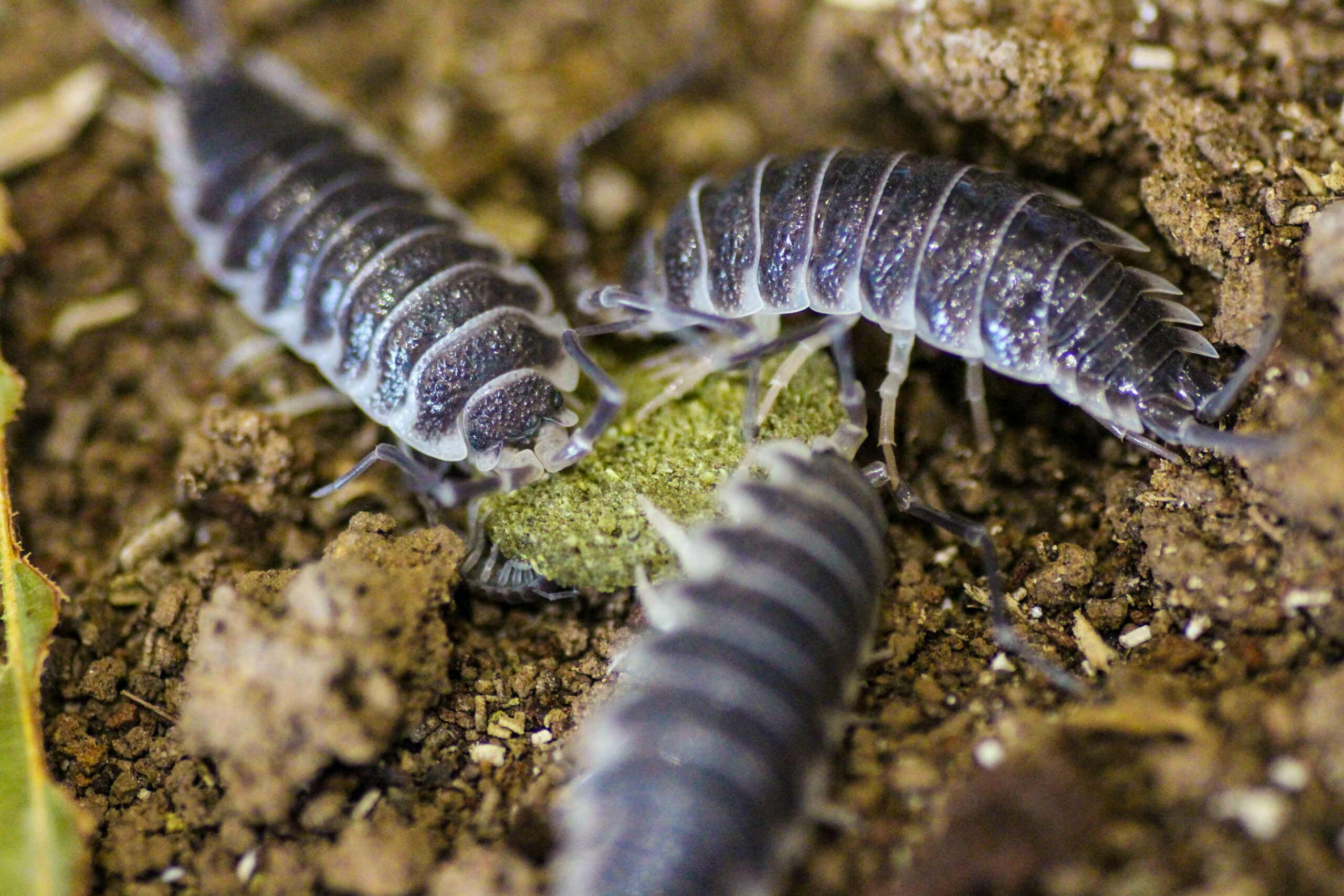
If you hear the word Isopods you might immediately picture the small, pill-shaped bugs that live under rocks in your yard. But did you know that isopods come in a wide range of sizes? In our backyards, we often find small species like pill bugs, but there are also huge deep-sea species that can get big. This big difference in size makes me wonder how these differences affect how they act and where they live. Learning about the wide range of Isopod not only interests us but also makes us realize how well these animals can survive in different settings. Isopods are amazing survivors because they can adapt to their environment based on their size. Let’s learn more about this.
How Isopods Range in Size
Isopods are a very varied group of crabs. The smallest are pill bugs, which are less than 1 cm long, and the biggest are deep-sea giants, which can grow up to 50 cm long. These differences in size are often caused by where they live. The small species usually lives on land that is damp and thrives in places with lots of organic matter, like dirt, dead plants, and under rocks. Because they are small, they can fit into small areas and stay away from predators, which gives them a big edge in the survival game.
Bigger isopods, which live in the deep ocean, have evolved to survive in a very different environment. These deep-sea species’ size may help them deal with the harsh conditions and get around in the huge, dark places they live in. They may also be able to store more energy and go longer without food because their bodies are bigger.
Changes in Behaviour and Habitat
Isopods’ size has a direct effect on how they connect with their environment. A lot of the time, smaller species can move quickly to find food or hide from enemies. They live in groups to stay safe and are more social. They can hide from danger by fitting into small cracks and gaps, which makes them very resistant to mammals that live on land.
What makes Isopod behave and live the way they do is directly related to their huge range of sizes. Isopods, which include the small, quick pill bugs that live in our gardens and the huge, slow-moving giants that live in the deep sea, show how flexible life is on Earth. Learning about these interesting animals helps us understand how complicated nature is and how animals have changed over time to do well in their specific surroundings.




